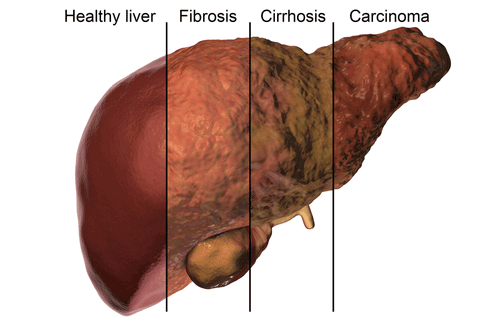Introduction:
Emerging research suggests that resistant starch, a prebiotic commonly found in dietary staples like bread, pasta, and legumes, may hold the key to the future treatment of non-alcoholic fatty liver disease (NAFLD). A collaborative effort between the “Balance of the Microverse” Cluster of Excellence at the University of Jena, the Shanghai Sixth People’s Hospital Affiliated with Shanghai Jiao Tong University School of Medicine (SSPH-SJTUSM), and the Leibniz Institute for Natural Product Research and Infection Biology (Leibniz-HKI) has unveiled promising findings indicating that a tailored diet rich in resistant starch can positively impact the gut microbiome and potentially alleviate NAFLD.
Tip: Please fill out this form to determine whether or not you or a friend are eligible for a CGM. Also, more about Blood Sugar Tracking
Connecting Non-Alcoholic Fatty Liver Disease to the Gut Microbiome:
Prior research has established a close link between Non-Alcoholic Fatty Liver Disease and the gut microbiome, suggesting that microbiota-targeted dietary interventions could be a valuable non-pharmacological approach to address this condition. With this in mind, the research team conducted a clinical nutritional study involving NAFLD patients. Their findings, published in the latest research issue, paint an intriguing picture.
Read Guide about Wegovy Dosage Guide: The Best Way For Weight Loss
Promising Results from Resistant Starch Diet:
Study leader Gianni Panagiotou, Professor for Microbiome Dynamics at the University of Jena’s “Balance of the Microverse” Cluster of Excellence, summarizes the findings, stating, “We discovered that participants in the study experienced a reduction in liver fat accumulation with a resistant starch diet. Moreover, specific gut bacteria species increased in abundance, contributing to enhanced fat reduction and transport within the liver. Reduced levels of NAFLD and inflammation biomarkers further suggest potential relief from liver damage.”
Must Read About: NSAID and Hormonal Contraception
Resistant Starch’s Prebiotic Effects:
Resistant starch, classified as a dietary fiber, comprises indigestible fibers commonly found in everyday foods. It exerts prebiotic effects in the gut. First author Yueqiong Ni explains, “When resistant starch is metabolized by microorganisms in the colon, we observed an increase in beneficial bacteria and a decrease in harmful bacteria. This rebalances the gut microbiome, yielding positive health effects.”
Specific Bacteria’s Impact:
The research team identified a significant increase in the presence of “Bacteroides stercoris,” particularly in more severe NAFLD cases. Co-corresponding author Huating Li notes, “After consuming 40 grams of resistant starch daily, we observed a reduction in the levels of Bacteroides stercoris in our study participants.” This suggests that including “healthy” carbohydrates naturally rich in resistant starch, such as wholegrain cereals, legumes, green bananas, and starchy vegetables like potatoes in every meal, could potentially alleviate fatty liver.
A Global Epidemic:
Non-alcoholic fatty liver disease currently affects approximately 30% of the world’s population, leading the World Health Organization (WHO) to classify it as an epidemic. This metabolic abnormality can make existing problems, such as type 2 diabetes and cardiovascular disorders, significantly worse. However, there are currently no approved drug therapies for Non-Alcoholic Fatty Liver Disease. To solidify nutritional recommendations, further long-term studies are required, as emphasized by the “American Association for the Study of Liver Diseases.”
Study Support: The study received support from the German Research Foundation (DFG) as part of the Cluster of Excellence “Balance of the Microverse” and the Leibniz Association.


